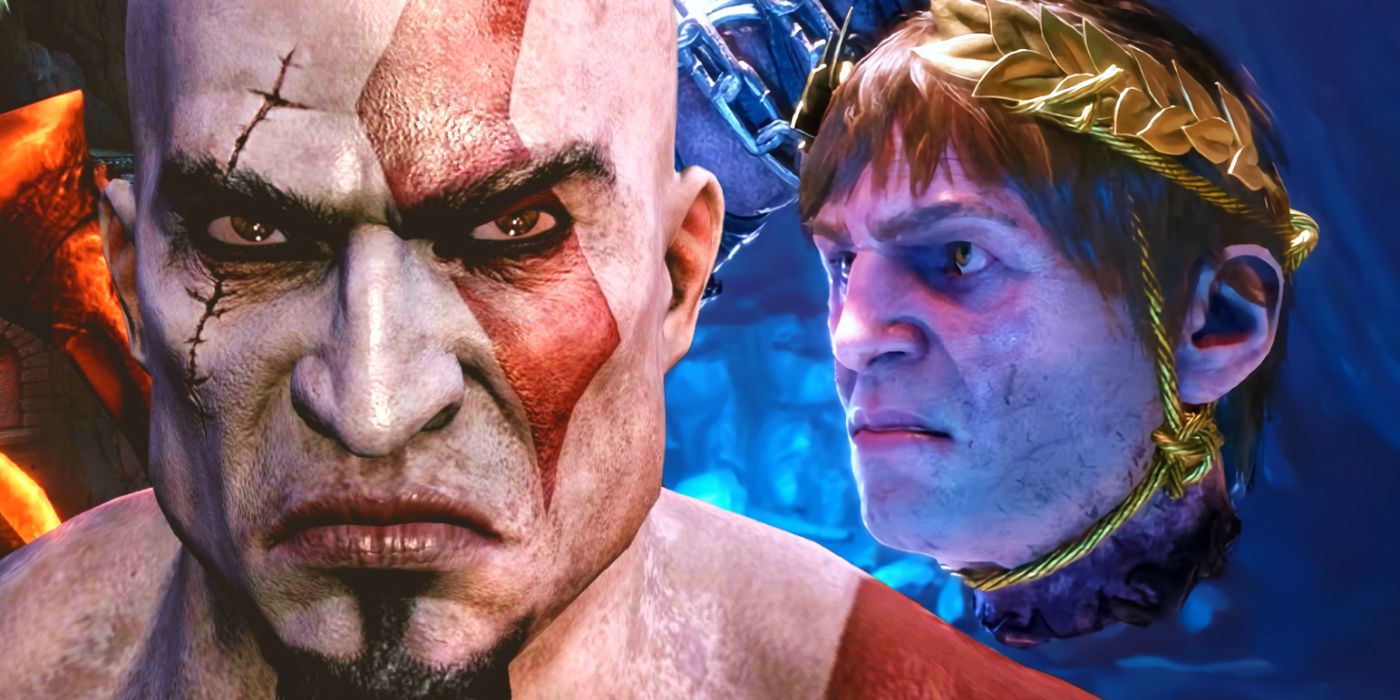The free, roguelite DLC for God of War Ragnarok, Valhalla, isn’t just a tacked-on additional mode, but an epilogue to the base game’s story which sees Kratos directly confronting his past as the Olympian god of war. Part of this new chapter has Kratos reconnecting with an apparition of Helios – or more accurately, Helios’ decapitated head. In the midst of Valhalla’s ever-shifting locales, Mimir’s head is occasionally replaced by that of Helios, heckling his murderer as Kratos navigates amalgamations of his memories. While allusions are made to Helios’ decapitation and Kratos’ motivations for performing it, Valhalla doesn’t expressly delineate the event from God of War 3 and its context.
In ancient Greek mythology, Helios is the personification of the Sun, an Olympian god descended from the Titans Hyperion and Theia. Being god of the Sun affords Helios notably potent power and influence among the Olympians – as the Sun, he is all-seeing, much like God of War Ragnarok’s villainous Odin. Though Helios only plays a major part in two of the original six God of War games, he’s frequently featured alongside Mount Olympus’ most prominent deities, including Hades, Poseidon, and Zeus. Helios’ death by Kratos’ hands is pertinent not only to God of War Ragnarok: Valhalla’s gameplay, but its story as well.
Although Helios’ death comes during Kratos’ rampage across Mount Olympus in God of War 3, their acquaintance begins in God of War: Chains of Olympus. In the PlayStation Portable title, Helios is kidnapped by the Titan, Atlas, and taken to the Underworld, where Atlas hopes to use the Sun god’s power to destroy the Pillar of the World, thus destroying Mount Olympus (and the rest of the world) and exacting revenge on the Olympians for damning him to eternal torture in Tartarus. Helios would ultimately be saved by Kratos, who chained Atlas to the Pillar of the World, condemning the Titan to his classical occupation of holding the world himself.
In God of War 3 – much later in the God of War series’ chonology – Helios is among the Olympians defending Mount Olympus from an assault by Kratos and the Titans, piloting a flying chariot to keep the Titans at bay. After damaging the chariot, Kratos confronts the Sun god, and Helios pleads for his life to be spared by Kratos again, promising to repay the debt, and trying to convince Kratos that his death won’t help in Kratos’ revenge against Zeus. Kratos ends the conversation by ripping Helios’ head off with his bare hands; the head is then used as an item by players throughout God of War 3 to find hidden doors and chests, illuminate dark areas, and blind enemies.
From the most basic standpoint, Helios’ decapitation means he, compared to other characters from God of War’s Greek saga, fits best in the framework of Ragnarok. Kratos already carries Mimir’s head around, so swapping in Helios’ is convenient. Further, however, Helios is perhaps the best Olympian to return for Valhalla’s storytelling purposes. Although…
2023-12-17 19:41:03
Original from screenrant.com
rnrn
